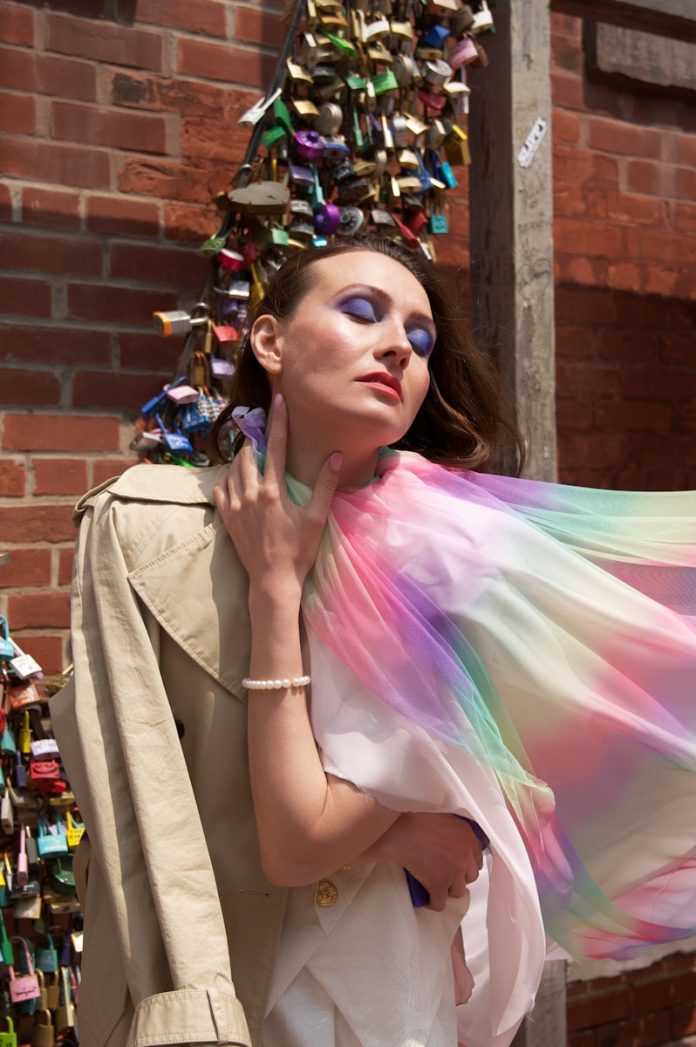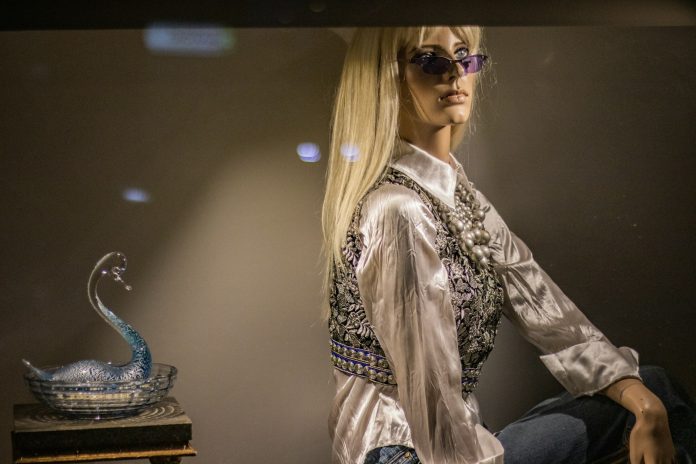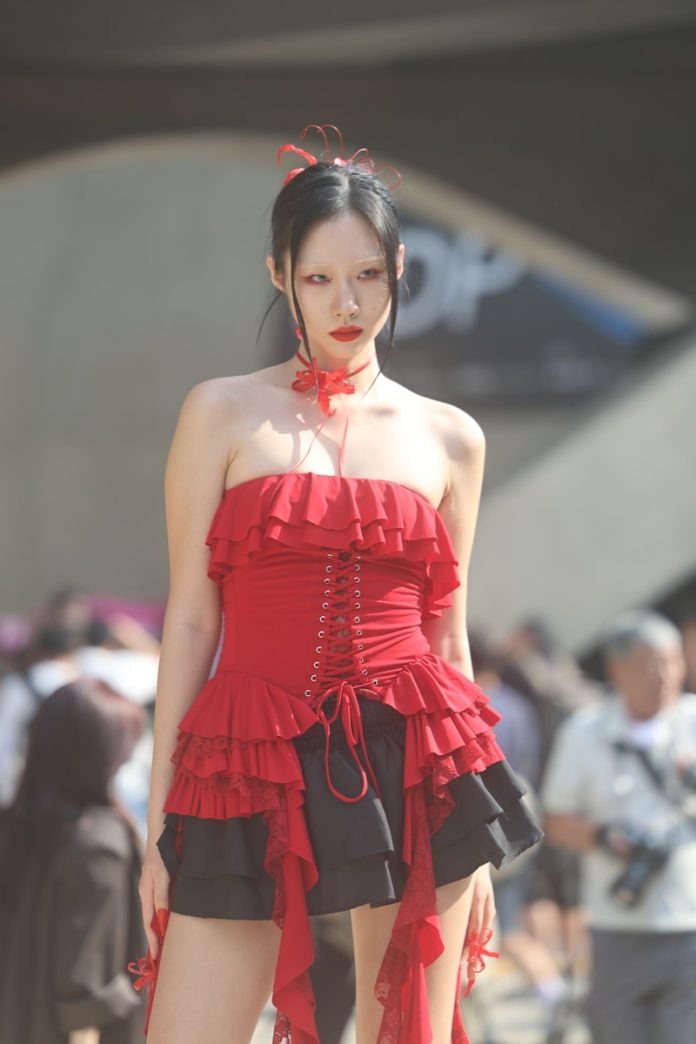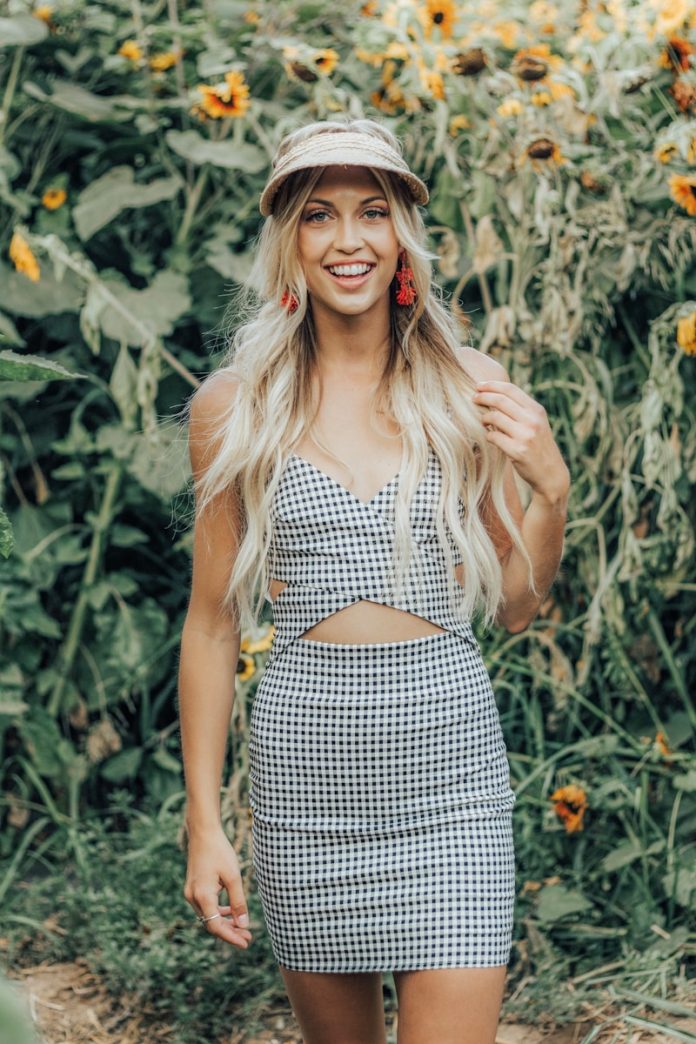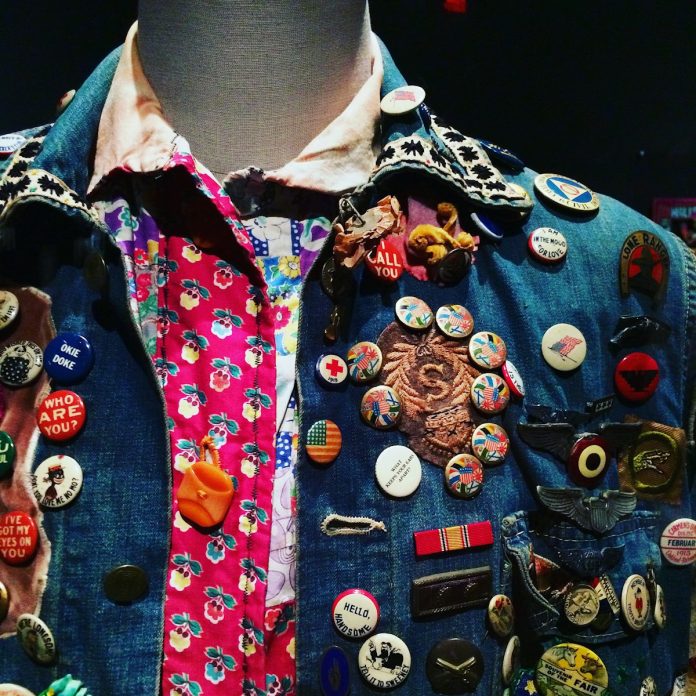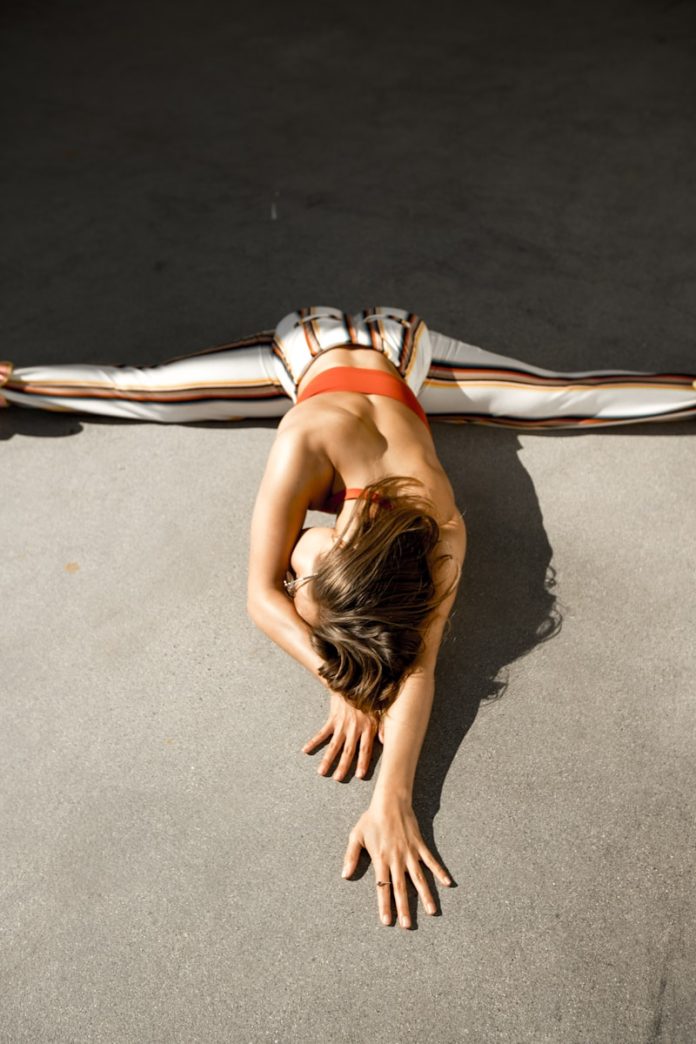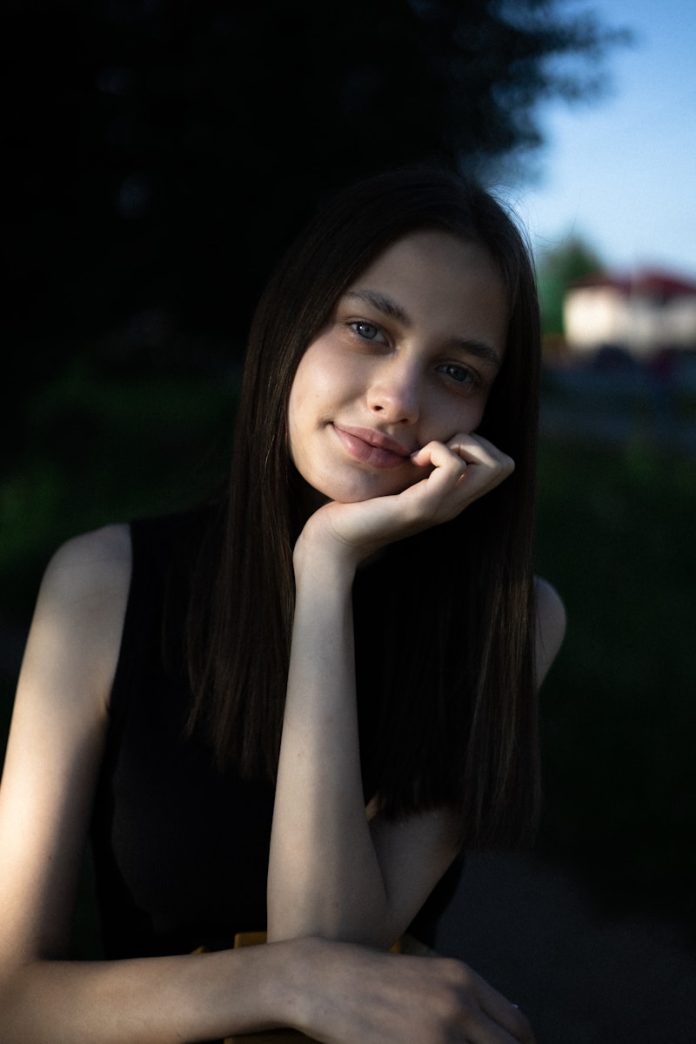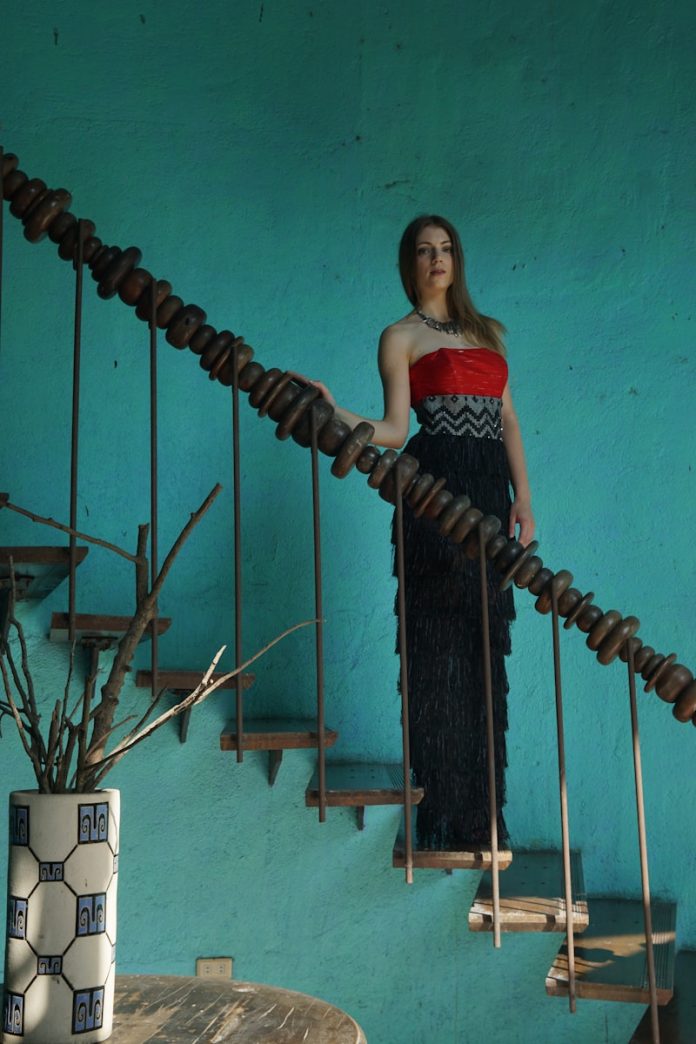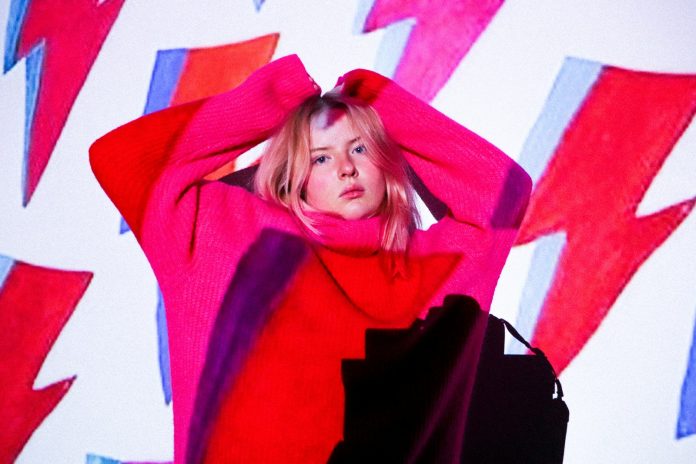Fashion is often described as art in motion, but perhaps more precisely, it is a language—a visual dialect spoken through fabric, texture, and pattern. Within this dynamic vocabulary, prints emerge as some of the boldest and most expressive words. Whether geometric or floral, animal or abstract, prints have the unique power to amplify personality and craft narratives through style. And at the heart of this expressive freedom lies a rising sartorial approach: Mix, Match, Repeat—a fashion formula that champions fearless print combinations, sustainable creativity, and style individuality.
In a world increasingly focused on personal branding and ecological consciousness, this formula offers more than just visual impact. It stands for versatility, sustainability, and empowerment through wardrobe ingenuity. This essay delves into the philosophy and practice of mixing prints, the psychology behind it, the sustainability benefits it offers, and the stylish self-assurance it fosters.
The Evolution of Prints: A Historical Perspective
To understand the power of print mixing, we must first appreciate the journey of printed fabrics in fashion history. From the intricate paisleys of Persian origin and African wax prints symbolizing community to the checks of Scottish tartans that speak of clan identity, patterns have long carried cultural and symbolic weight. Over time, prints moved from the traditional and symbolic into the realm of fashion experimentation.
Designers like Diane von Fürstenberg in the 1970s popularized bold prints for working women, while the 1990s saw the collision of grunge florals and punk plaids. The 2010s ushered in maximalist influences—led by designers like Alessandro Michele for Gucci—who paired clashing patterns with fearless confidence. Now, in the 2020s, we’re seeing a democratization of this bold style, as social media influencers, fashion stylists, and everyday dressers turn the “Mix, Match, Repeat” formula into a lifestyle.
The Art of Mixing Prints: Rules Meant to Be Rewritten
At first glance, mixing prints can appear chaotic, even intimidating. But the essence of this approach lies in creative freedom and understanding balance. Just like a painter knows their palette, a seasoned print mixer knows how to work with visual tension and harmony.
Here are foundational principles behind a successful mix:
Unifying Color Schemes: Even when prints clash in theme—like stripes with florals—sharing similar hues can create cohesion.
Scale Contrast: Pairing a large-scale floral with a fine polka dot adds dimension without visual overload.
Neutral Print Pairings: Consider animal prints (like leopard or zebra) as new neutrals. Their earth-toned palettes often serve as great bases for bolder companions.
Consistent Vibe: A vintage toile and an old-school plaid might mix more seamlessly than a futuristic digital print with a baroque motif—unless the intent is to spark contradiction.
But while these tips offer a foundation, the most exciting print combinations come from bending or even breaking these rules. The Mix, Match, Repeat philosophy thrives on playful risk-taking and the desire to stand out—not blend in.
Print Psychology: What Your Patterns Say About You
Fashion is personal, and prints are a reflection of one’s inner world. A person drawn to vibrant florals may embody joy, romanticism, or nostalgia. Those who favor graphic lines might value structure and modernity. Mixing prints is a psychological act of permission—allowing multiple facets of your personality to coexist in one outfit.
More than that, this approach can function as a confidence booster. The ability to combine disparate elements into a cohesive look mirrors emotional intelligence and creativity. You’re not just putting together clothes—you’re curating a visual story about who you are.
In a society often pushing conformity, print mixing becomes an act of liberation. It’s a way to say: “I don’t just follow trends—I create them.”
Sustainability Through Repetition: A New Way to “Shop Your Closet”
One of the most powerful aspects of the Mix, Match, Repeat formula is its inherent sustainability. In an age dominated by fast fashion and overconsumption, this mindset champions re-wearability and wardrobe reinvention.
How does it work?
Maximizing Existing Pieces: A printed blouse doesn’t have to be worn with plain bottoms every time. Mix it with a different printed skirt, layer it under a pattern-rich dress, or wear it over a contrasting graphic tee.
Seasonless Styling: Prints are not bound to seasons. A tropical floral can brighten a winter look, just as a dark plaid can ground a summer outfit.
Reducing Shopping Impulses: Once you start seeing your wardrobe as a toolkit for mixing possibilities, the urge to constantly buy new pieces diminishes.
This print-centric approach extends the life cycle of garments and promotes a more conscious consumer culture—proving that creativity, not consumption, is the future of fashion.
Everyday Boldness: Print Mixing for All Occasions
One misconception is that mixed prints are too “loud” for daily life. But when done intentionally, print-mixed outfits can be surprisingly versatile, even in professional or understated settings.
For Work: A pinstriped blouse paired with a subtle checked trouser adds visual interest without breaking office decorum. A polka dot necktie on a houndstooth suit injects charm without flamboyance.
For Casual Days: Graphic tees with camo pants, or floral bomber jackets with striped joggers offer street-style cred while maintaining comfort.
For Formal Events: A satin skirt with embroidered details paired with a bold-printed silk blouse creates an editorial-worthy evening look.
The idea is not to overwhelm but to energize your wardrobe—injecting joy and individuality into every day.
Social Media and the Democratization of Bold Fashion
Platforms like Instagram, Pinterest, and TikTok have been instrumental in propelling the print-mix movement into the mainstream. Style bloggers and content creators provide real-life examples of how to combine polka dots with plaid, florals with snakeskin, or graphic prints with animal motifs.
This digital archive of fashion experimentation removes gatekeeping from high fashion. Anyone with a camera and a closet can inspire millions. More importantly, these platforms normalize bold fashion choices. Seeing diverse bodies, genders, and cultures confidently sporting mixed prints fosters a sense of community among fashion lovers globally.
Print Mixing as Cultural Collage
In many ways, mixing prints mirrors multiculturalism. It’s a visual metaphor for the beauty that emerges from blending identities, backgrounds, and stories. Traditional Japanese kimonos, West African Ankara prints, Scottish tartans, and Latin American ikats—these patterns, when thoughtfully combined, can become tributes to global aesthetics.
This cultural fusion must be approached with sensitivity and respect. When done intentionally, it celebrates diversity and interconnectedness rather than commodifying or appropriating sacred symbols.
The Future of the Formula: Fashion Without Fear
As fashion trends evolve, the Mix, Match, Repeat ethos is here to stay—not just because it’s visually compelling, but because it aligns with deeper cultural movements. It encourages sustainability, champions creativity, and fosters self-confidence. It transforms dressing from a routine into a ritual of self-expression.
The future of fashion doesn’t lie in uniformity or even minimalism. It lies in personal curation. In a world bombarded by digital noise, your wardrobe becomes a language you control—your loudest, clearest voice in a room.
Final Reflections: Your Wardrobe, Your Canvas
Mix, Match, Repeat is more than just a style trend—it’s a mindset. It asks you to look at your wardrobe not as a fixed collection of outfits, but as a flexible playground of possibilities. It’s about giving old clothes new life, expressing layers of your identity, and doing more with less.
So next time you reach for your favorite floral dress or striped shirt, consider what else in your closet it could pair with—not what the rules say, but what your instincts say. Fashion isn’t about perfection; it’s about expression. And there’s no better way to express yourself than through the bold, beautiful, boundary-breaking power of prints.
Let your style speak—clearly, creatively, and courageously.

